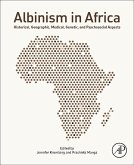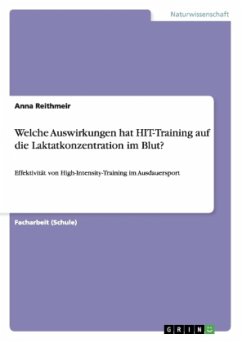Tabata Training: The Science and History of HIIT provides evidence and mechanism(s) that explain the beneficial effects Tabata training has on diseases like diabetes, cardiovascular diseases and colon cancer. The book also includes coverage of maximal oxygen uptake as an essential parameter of both sport and health-oriented fitness for researchers and exercisers. HIIT was first prepared for young adults, but nowadays, evidence has been accumulated to prescribe it to adult men and women. For kids, several papers have reported beneficial effects of Tabata training on normal and obese pupils of elementary to high school students as well as for physical education classes.
Recent studies showed that not only improving sport performance, Tabata training contributes to good health outcomes in adults.
Hinweis: Dieser Artikel kann nur an eine deutsche Lieferadresse ausgeliefert werden.
Recent studies showed that not only improving sport performance, Tabata training contributes to good health outcomes in adults.
Hinweis: Dieser Artikel kann nur an eine deutsche Lieferadresse ausgeliefert werden.







